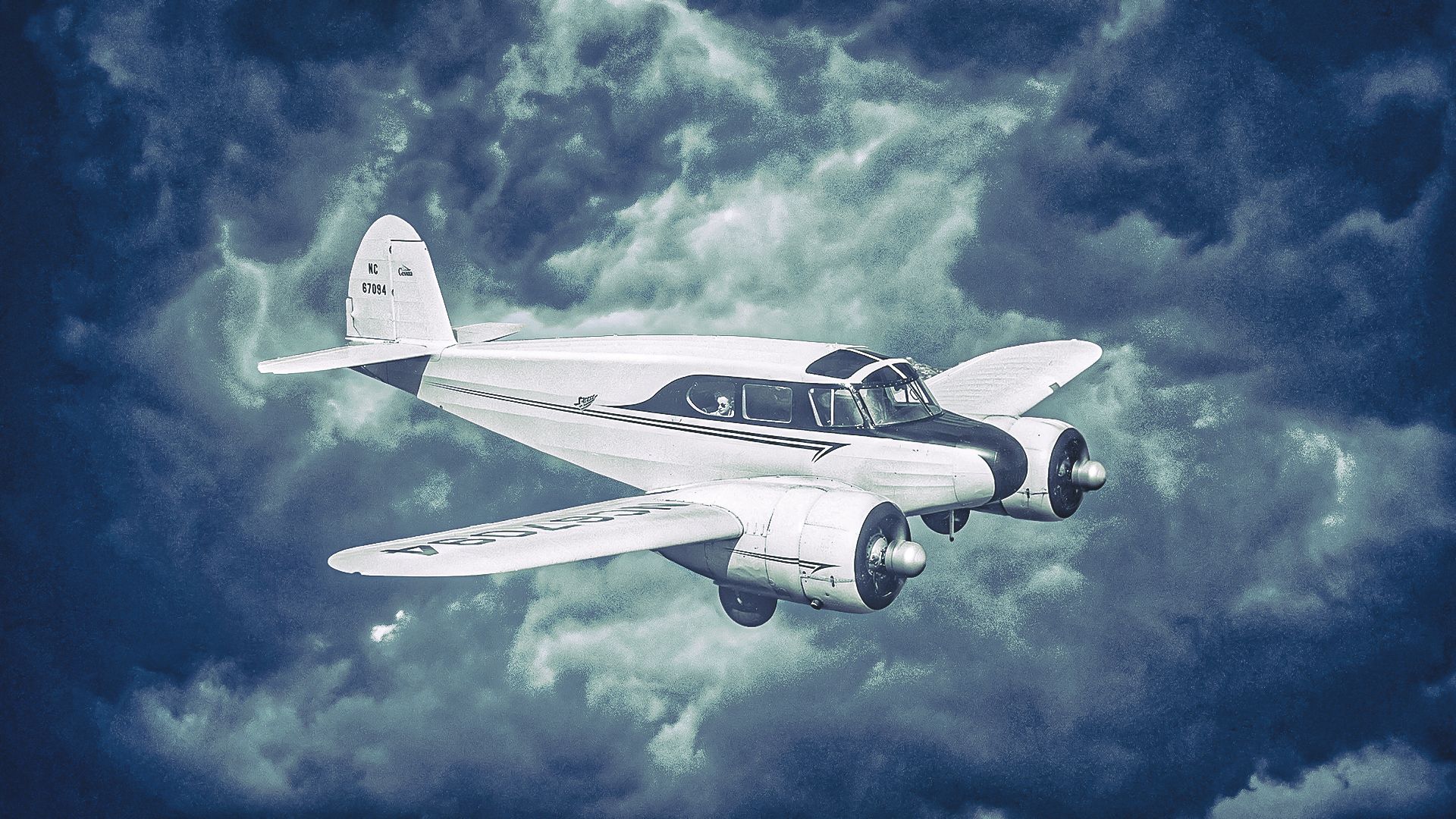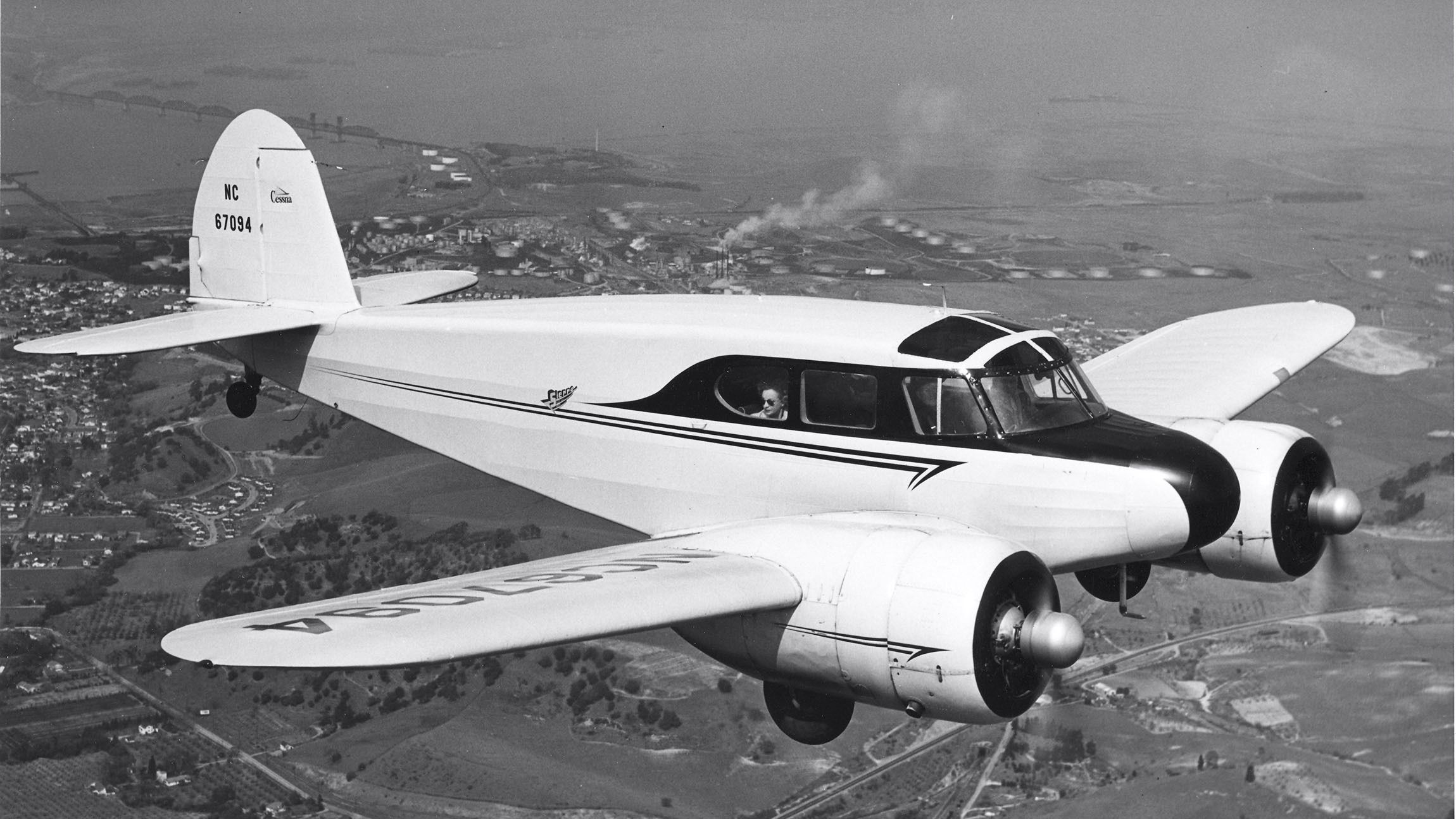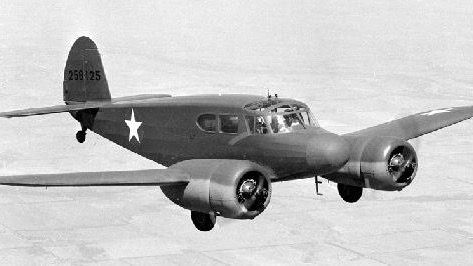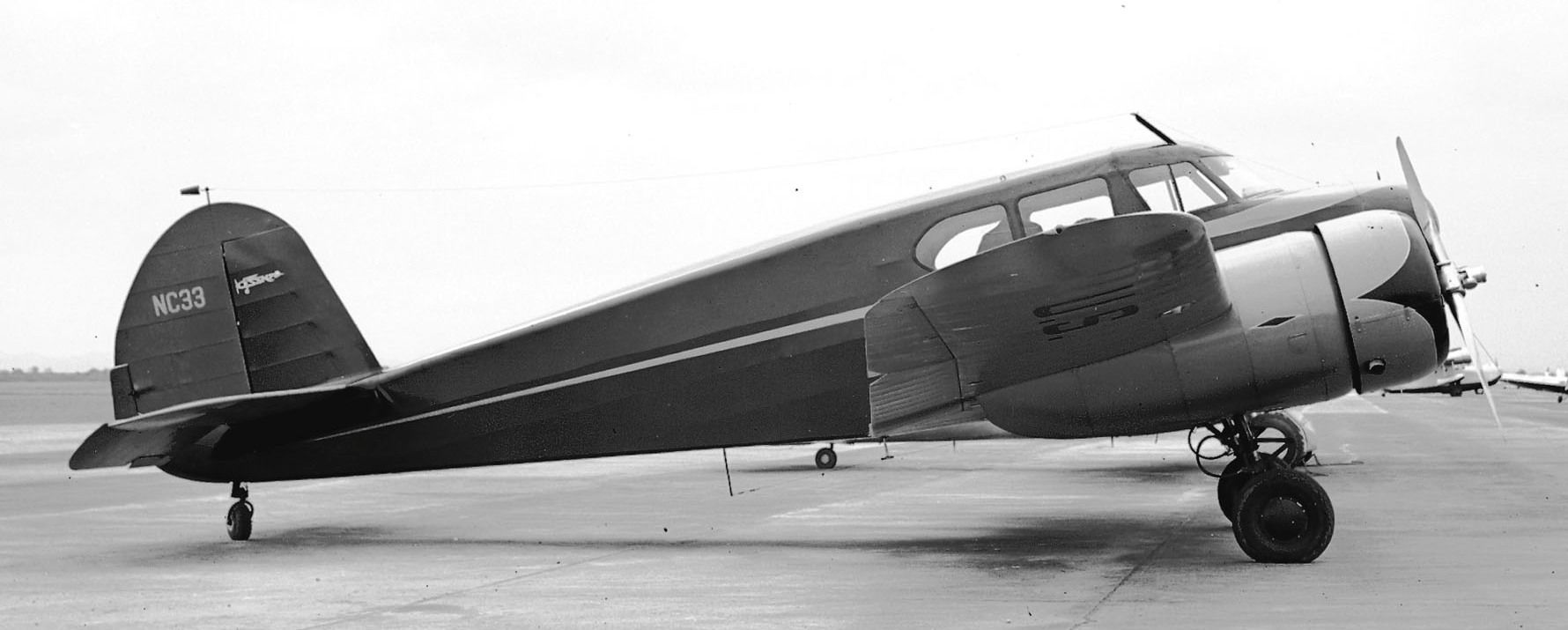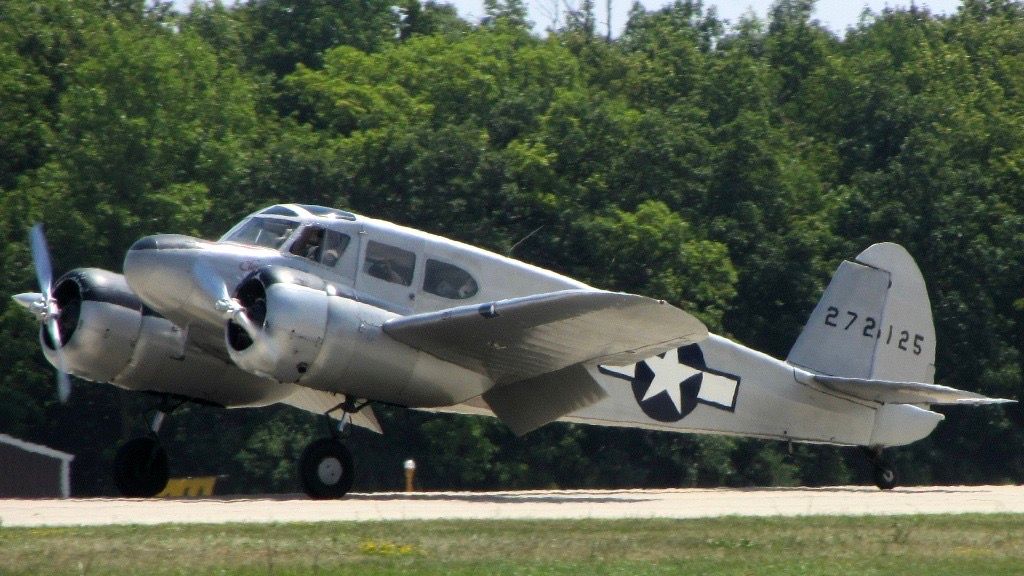Summary
- Originally developed as a 5-seat civilian aircraft with a retractable undercarriage for the market.
- Military variants included the AT-17 Bobcat/C-78/UC-78 – 4,600 built for the USAAF during WWII.
- Post-war, surplus Bobcats were repurposed by small airlines starting in the 1940s and 1950s but became obsolete by the 1970s.
The Cessna AT-17 Bobcat was a twin-engined advanced trainer aircraft, built in the US. It was built to bridge the gap between single-engine training aircraft and the larger multi-engine combat aircraft used during World War II. The T-50 was the commercial version of the aircraft. Let’s find out more about it.
Originally a civilian aircraft
The T-50 was originally developed as a 5-seat light transport, utility and training aircraft. It had its first flight on March 26, 1939, and was approved on March 24, 1940. It was Cessna’s first twin-engine aircraft and their first aircraft with a retractable undercarriage. It was designed for the civilian market, being a light aircraft and operating at lower costs than a similar sized aircraft like the Beechcraft Model 18, which was expensive in comparison.
How was it made?
The aircraft was made of wood, tubular steel and fabric. It was a low-wing cantilever aircraft with retractable main landing gear. This left some wheels extending below the engine’s nacelle for an emergency wheel-up landing. The aircraft had trailing edge wing flaps and both this and the landing gear could be operated electrically or by chain-driven screws.
The wing structure had laminated spruce spar beams and truss-style ribs made of spruce and plywood. The wings’ leading edge and tips were also made of plywood. The fixed tailwheel could be locked into place.
The metal fixed-pitch propellers were made by Curtiss Reed but later replaced by Hamilton Standard 2B-20-213 constant-speed non-featherable propellers. The T-50 had two 225 horsepower Jacobs L-4MB radial engines, which had 245 horsepower on take-off.
Aircraft Specifications:
General characteristics
- Crew: pilot + four
- Length: 32 ft 9 in (9.98 m)
- Wingspan: 41 ft 11 in (12.78 m)
- Height: 9 ft 11 in (3.02 m)
- Wing area: 295 sq ft (27.4 m2)
- Empty weight: 3,500 lb (1,588 kg)
- Gross weight: 5,700 lb (2,585 kg)
- Max takeoff weight: 6,062 lb (2,750 kg)
- Powerplant: 2 × Jacobs R-755-9 seven-cylinder, air-cooled, radial piston engines 245 hp (183 kW) each
Performance
- Maximum speed: 195 mph (314 km/h, 169 kn)
- Cruise speed: 175 mph (282 km/h, 152 kn)
- Stall speed: 63–66 mph (101–106 km/h, 55–57 kn)
- Range: 750 mi (1,210 km, 650 nmi)
- Service ceiling: 22,000 ft (6,700 m)
- Rate of climb: 1,150 ft/min (5.8 m/s)
- Take-off run: 650 ft (200 m) to 50 ft (15 m)
- Landing run: 1,400 ft (430 m) from 50 ft (15 m) with a 90 mph (140 km/h) approach speed[
Military variants
In the T-50 variants, the aircraft was used by the US Army Air Force, the Royal Canadian Air Force and the US Navy. The military versions were the AT-8, AT-17, C-78, UC-78 and the Cessna Crane. In 1940, the US military ordered 33 AT-8 trainers that were based on the T-50. These had modifications including new more powerful Lycoming R-680 engines, and roof and windows were added to the cockpit along with military radios.
The following year, they ordered 450 AT-17 again based on the T-50. These had more windows and Jacobs R-755-9 engines with 245 horsepower.
In 1942, the US Army Air Force ordered the Bobcat as a light transport which was renamed the C-78 and UC-78 but still based on the T-50. By the end of World War II, Cessna had built 4,600 Bobcats for the US military.
In addition, the Royal Canadian Air Force ordered 180 Crane MkJ trainers, who then ordered a further 460 of the aircraft. Modifications included Hartzell fixed-pitch wooden propellers and oil heaters. Later, the RCAF would lease another 182 AT-17A or Crane MkJA, making a total of aircraft produced especially for the RCAF to 822.
Other orders made
Non-military orders were made by the Civil Aeronautic Administration (CAA, precursor to FAA) which ordered 13 T-50s. Pan American Airways, the first airline to choose the T-50, ordered 14 of the aircraft. The T-50 might have been forgotten about if it wasn’t later developed into variations required by the military.
During its production time between 1939 and 1944, 5,422 of the T-50 AT-17 Bobcat/C-78/UC-78 and Cessna Crane were made. Most of the military variants of the T-50 were retired at the end of the war, but some found their way to Brazil and China.
Post-war progress – airline start up?
Post-war, surplus military aircraft like the AT-17 and UC-78 could be converted to civilian aircraft and were allowed certification under the original T-50 certificate. These became popular with small airlines for charter and private pilots. Some were used for bush operations or put on floats.
The aircraft had become known for its versatility and was easy to fly and helped start many airlines in the 1940s and 1950s. Northwest Airlines had one Bobcat for ‘catch-all ‘ duties but it was never used to fly passengers. Wisconsin Central Airlines bought two surplus Bobcats and used them for intrastate flights, but were later replaced by the Lockheed Electra.
In 1946, Bonanza added three surplus Bobcats. These T-50s ran a scheduled service from Las Vegas to Reno as well as charter services. They were later replaced with the DC-3.
By the 1970s, the aircraft had become obsolete, although some have been restored by aviation enthusiasts and are now placed in museums around the US and Canada. As of December 2017, the FAA register shows 52 T-50s on its database.

